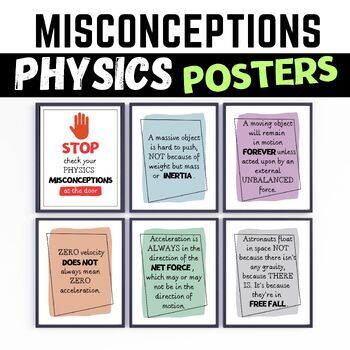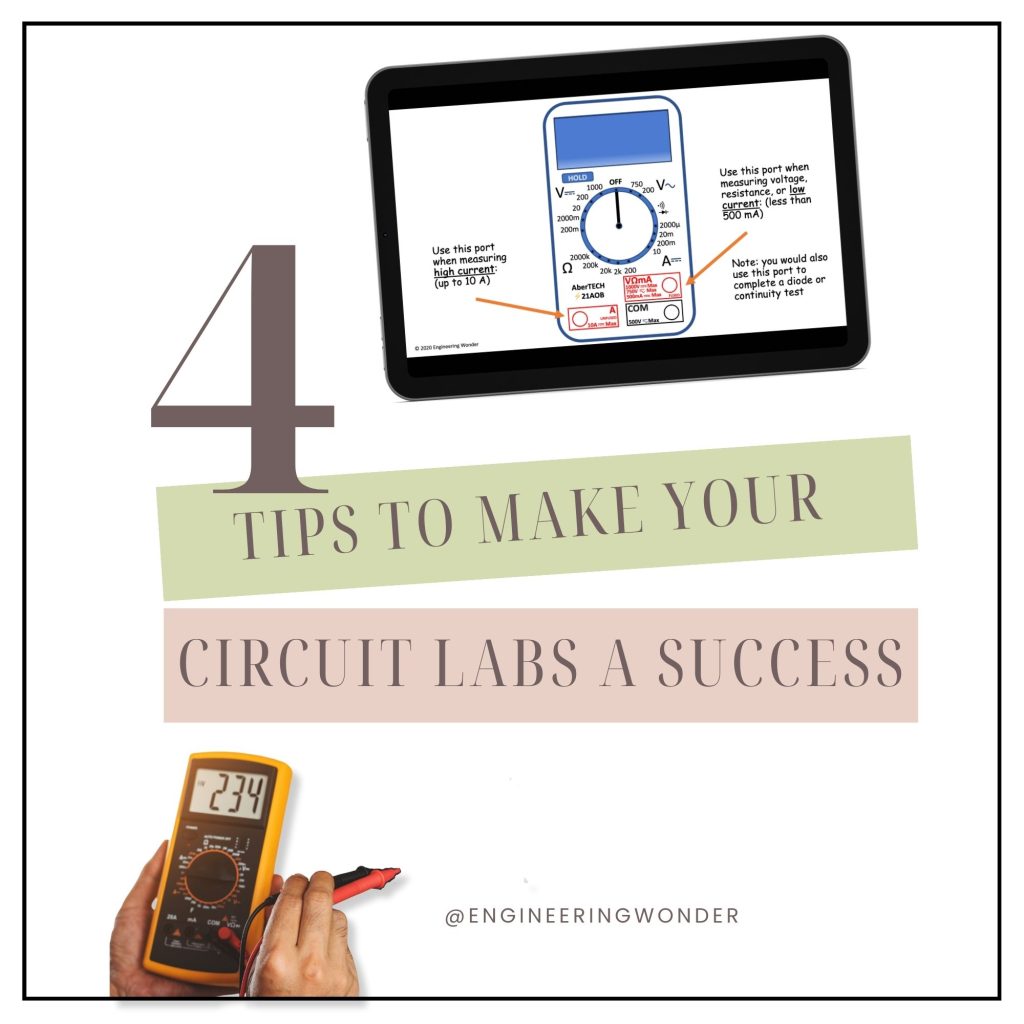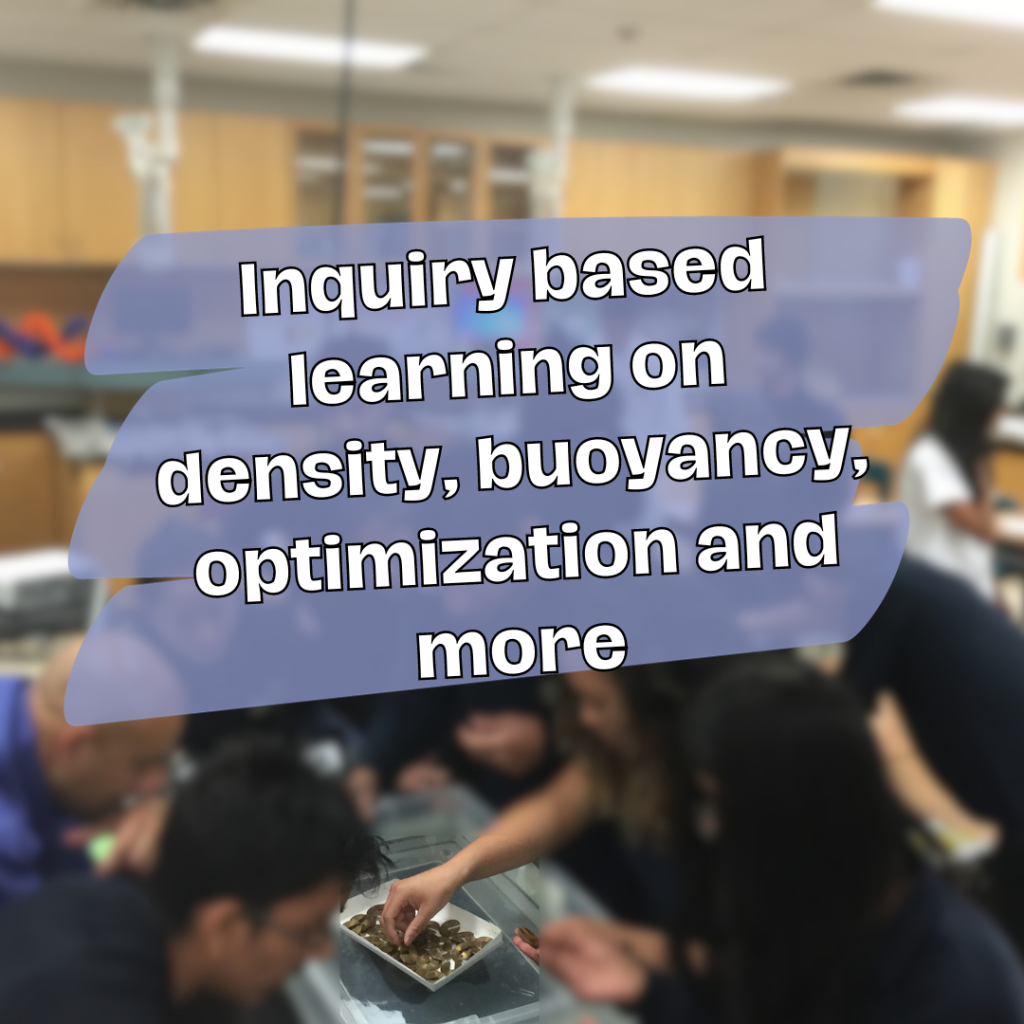
Mastering Motion: A Practical Guide to Teaching Kinematics in High School Physics
Have you ever tried explaining the motion of a ball flying through the air to a student taking physics for the first time? No problem, right? Right, because most students will have had many experiences observing the motion of a ball in real life, so it’s an application they totally get. What about trying to explain how motion graphs work to a student taking physics for the first time? Well if you’ve taught physics before, then you know it’s no easy task. Kinematics forms the foundation for understanding more complex physics concepts, so developing a firm understanding of kinematics early on will go a long way to helping build confidence going forward in your physics course.
BTW, has a student ever said to you something like, why do we need math? Or when will I ever use this? Well if the student is taking physics, the usefulness of math becomes apparent very quickly. Physics helps students connect math to the real world. You gotta love that! And kinematics can be tricky, but it’s also one of the most rewarding topics to teach. There are so many real world applications of kinematics that students can instantly relate to, and it’s a beautiful thing to see. But what about motion graphs? What about all that math? Yikes! It’s enough to invoke a sense of dread for some. So how can we make that first experience in physics a positive one for our students? Let’s talk about it.
1. The Elephant in the Room: Math Skills
The first thing you’re going to want to do when teaching physics, particularly when it’s an entry level course such as grade 11 physics where I teach, is do a math skills review. In your math review you should go over things such as, but not limited to:
- The quadratic formula
- Solving for a variable (multi-step)
- Trigonometry (SOH CAH TOA, Sine Law and Cosine Law, Pythagorean Theorem)
- Scientific notation
- Rounding rules
- Significant figures
- Graphing (scatter plots, lines of best fit)
Separate from math skills, I also go over:
- Safety
- The scientific method
- GRASS or GRASP
Okay so I know what you may be thinking. Holy smokes, that’s a lot of stuff! Yeah, it is … but necessary and well worth the investment. And the truth is that some of this is supposed to be REVIEW. So you’re not going to spend too much time on this. If you teach something like 60-75 min periods, then 3-5 days max is what I spend. Also remember that some of this learning can be done independently if you set it up right.
2. Start Each Lesson with Some Sort of a Hook
A great way to start a lesson is by capturing people’s attention with a hook of some kind. This can be accomplished by doing a demonstration, using a PhET simulation, sharing a YouTube clip like MinutePhysics or Physics Girl or you could start your lesson off by identifying a problem that the topic you are going to teach can solve.
Just remember to make your lesson conversational. Draw your students in and invite them to ask questions. Share personal anecdotes that students can relate to and connect learning to the real world. PHYSICS IS GREAT FOR THIS!
3. Use a Framework
Having a structure that you use to teach can be really helpful, and it provides students a sense of what they can expect from you as a teacher. Below is the structure I use in my own classroom. Of course being spontaneous is important too and I still go off script now and again, but using a framework helps keep you organized and offers students a sense of predictability or reliability that they want as well.
- The Hook
- Theory: definitions and/or important concepts before introducing math
- Teacher led examples
- Student centred examples: small group/thinking classroom
- Summary: tie it all together
4. Make it Hands-On
There’s no question about it, most students like getting out of their seats and learning by doing and it’s not hard to understand, I mean, would you rather talk about riding a bike or would you prefer to just get on that bike? Duh! Exactly. Below are a few examples of how you can incorporate a hands-on element into your lesson, and no, hands-on doesn’t have to be a full on lab.
- Think-pair-share small group quick exploration with manipulatives or task cards
- Experiments
- Incorporate technology (PhET, Gizmos stc.): students get immediate feedback
5. Addressing Common Misconceptions
Oh geez, one of my personal faves in kinematics (projectile motion) is the misconception that the velocity upon impact of a falling object is, wait for it … ZERO. D’oh! Well, don’t ignore it, lean into students’ misconceptions and address them. Challenge students to explain their thinking with personal whiteboards. Over time, as you teach physics more, you’ll come to anticipate these misconceptions students have and you should weave them into the conversation. Make students confront them and replace them with the correct interpretation.
6) Providing Feedback
Descriptive feedback is such a powerful way to help your students. The more consistently you can do this, the more your students will learn what they are doing wrong and correct course. The absolute worst thing for anyone trying to learn is that they get no feedback and they go on believing that everything is fine, only to learn when they get their grade, that they were doing it wrong all along. You’ve got to get them the feedback well before this happens. Things you can try to provide opportunities for regular feedback:
Frequent Low Risk Formative Assessments
- Entry/exit cards
- Task cards
- Kahoots
- Small group Thinking Classroom activities on whiteboards
- Observation/conversation
- Self reflection rubrics
7) Final Thoughts: Inspiring a Love for Physics
At the end of the day, I want my students to love physics. I want them to walk away feeling inspired and empowered and excited to keep learning. Here are some tips on how you can achieve this:
Make It Relevant
- Connect kinematics to students’ lives and future careers.
Encourage Curiosity
- Ask open-ended questions and encourage students to explore beyond the classroom.
Celebrate Success
- Give student awards for different learning milestones: most improved, high achievers, participation, attendance, overcoming obstacles, perseverance etc. I can’t tell you how many times a student has told me that a few words of encouragement or a simple award made all the difference in motivating them. Students want to know that we believe in them.
- Share the awards privately and not in front of the whole class. This has proven most effective for me. I think it adds a personal element that really resonates with students. Also, don’t wait to give an award at the end of the course. That’s too late! I give out awards two or three times during the course. Not only does this give students a shot of encouragement, it also gives them something to shoot for.
Have Fun!
- As I stated in the beginning, keep it conversational. Talk TO your students and not AT them. Be silly, be spontaneous and be okay with letting your students guide the dialogue now and again.
So to Summarize:
1) Start with math skills
2) Begin each lesson with a hook
3) Use a framework
4) Keep it hands-on
5) Address misconceptions
6) Provide continuous feedback
7) Keep it fun!
Remember that kinematics is more than just equations—it’s a gateway to understanding how the world moves. By making it engaging and relevant, you can inspire the next generation of physicists, engineers, and critical thinkers.
If you have any additional tips you feel should be added in here, please share your own tips, activities, or favorite resources for teaching kinematics in the comments below. Also, checkout all of my kinematics resources in my TPT shop to help jumpstart your next kinematics lesson.

THANKS FOR STOPPING BY
I'm so glad to have you here! Since 2010 I've been in the classroom as a Math and Science teacher at the high school level. I am excited to share some of my journey with you, along with helpful resources and ideas you can implement that will make your life easier.

Featured Resource
Digital Multimeters - How to Measure Resistance, Voltage & Current

FREE RESOURCE!
Interested in grabbing this common lab equipment quick reference handout? Great resource for your students to refer to throughout the course to get to know common tools in the lab.






